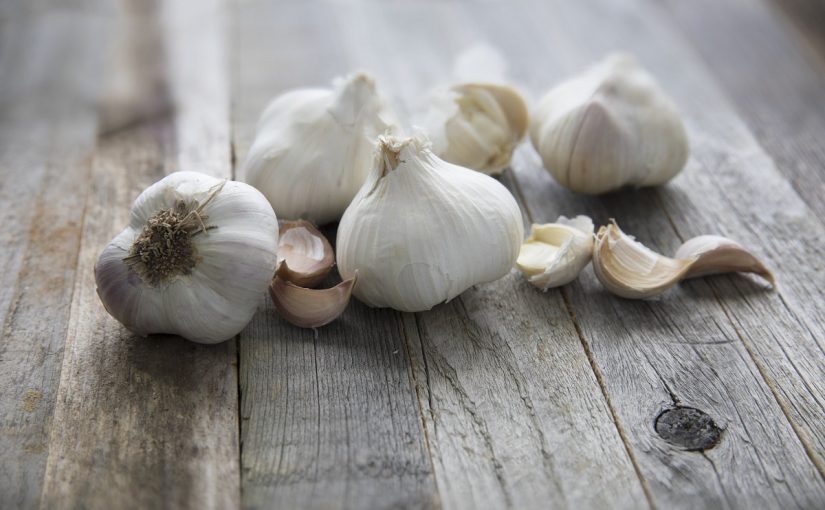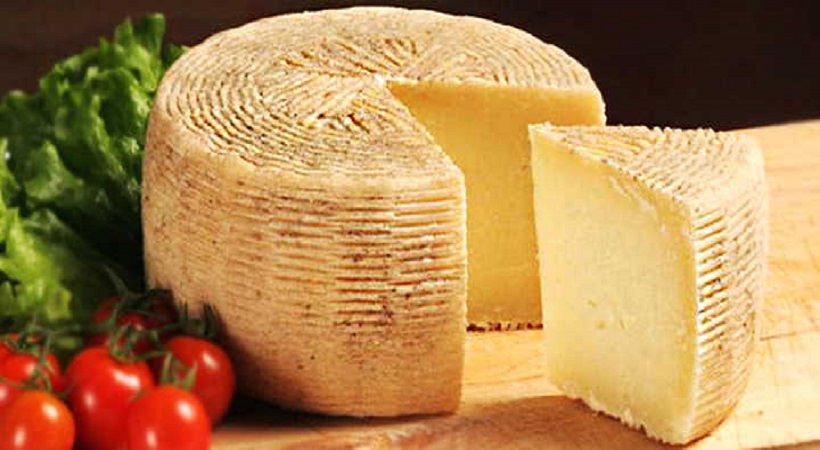18.10.2021
Nicastro pink garlic is a historical product of the Lamezia Terme area, in the province of Catanzaro. Of medium size, it has a rounded shape, white in color with pink veins.
The excellence of “Nicastro pink” garlic is characterized by certain morphological and organoleptic characteristics, such as the size, the pink color inside, the intense aroma, the slightly bitter taste that lasts unchanged for several months.
The production of Nicastro pink garlic begins with the care of the seedbeds which, fertilized with organic fertilizer, will go into production in the autumn.
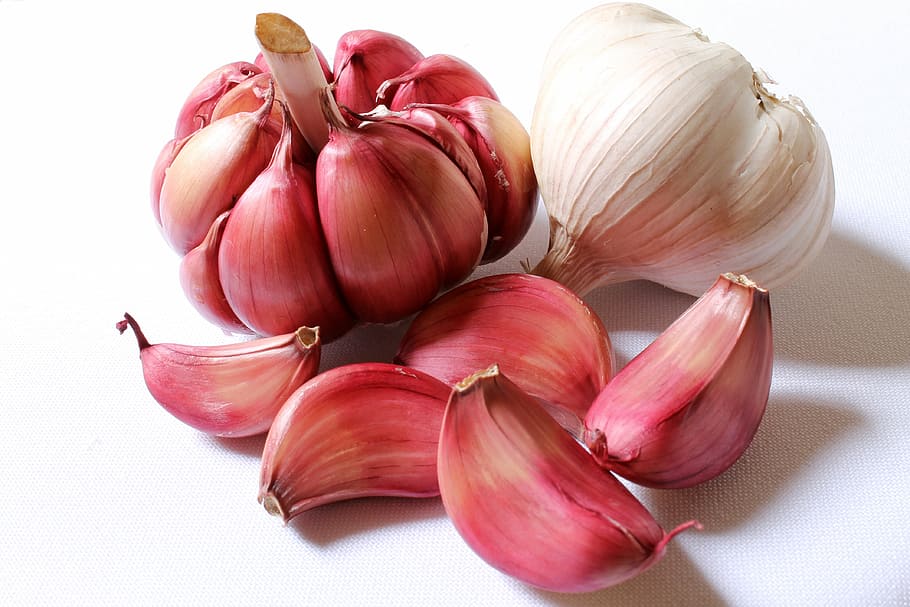
The cloves produced in the previous year are planted in the ground where they live until the month of May; afterwards the plants are uprooted and left to dwell for a month in an area of penumbra. This garlic also beats the Spanish one for naturalness, color, flavor, smell.
The “Rosa di Nicastro” garlic is a typical commercial reference to “Made in Italy” or rather to “Made in Calabria”. It is the affirmation of the Mediterranean diet, which is part of the UNESCO heritage of intangible assets. This is due to the fact that production of Nicastro pink garlic begins with the care of the seedbeds which, after being fertilized, go into production in autumn. The garlic is harvested the next June. Packaged in braids, it is left to dry. Although it exhibits an intense taste and aroma, which persists for up to a year after harvest, it remains delicate at the same time, a characteristic that makes it particularly popular in the area.
TERRITORY AND HISTORY
Nicastro is one of the municipal districts of Lamezia Terme, in the province of Catanzaro, of which it represents the most populous district. Until 1968 it was an autonomous municipality. Its history begins between the 9th and 10th centuries and, since then, numerous civil and, above all, religious buildings have arisen on its territory, many of which have been rebuilt following the disastrous earthquake of 1638.
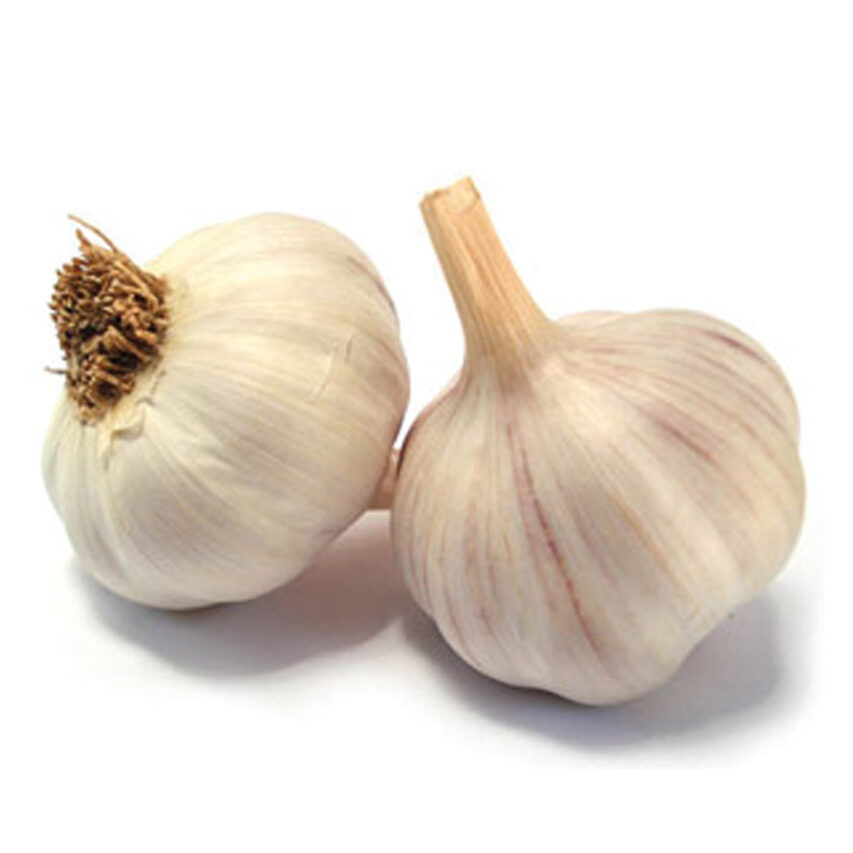
The city of Nicastro has always been known for the fertility of its lands, especially for the production of exquisite vegetables from all over the province. Already in the Bourbon period, on the occasion of the St. Peter and Paul Fair, such richness was exhibited and the pink garlic was the protagonist among the banquets. So much so that in 1826 the King of the Two Sicilies, Ferdinando Secondo, promulgated a decree to allow the Fair to be extended from three to five days.
Despite the difficult periods that garlic production has encountered over the years, today it is still possible to go to the historic Fair of Apostles, held every year at the end of June, and buy it from the few farmers who still cultivate it, since more than hundred years.
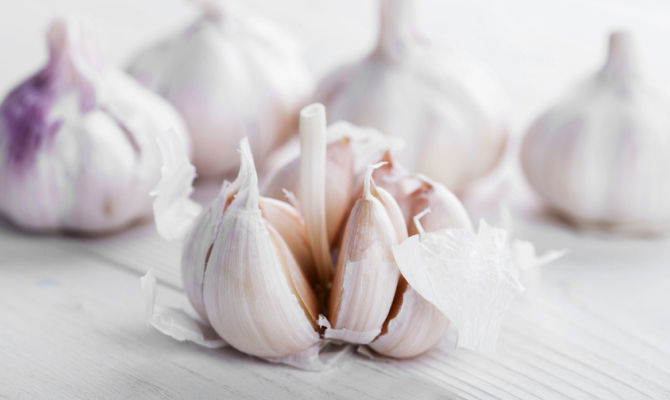
NAME AND FEATURES
Considered a rare product, the Nicastro pink garlic deserved the attention of the Slow Food Foundation which promotes it and contributes to its protection through the Ark of Taste project. It was assured protection due to the delicious Calabrian bulb, rounded and of medium size. Further, despite the intense taste and flavor, which lasts up to one year after harvest, it is also still pleasantly delicate; and it is precisely for this reason that it is particularly appreciated in the area.
IN THE KITCHEN (a recipe)
The intense taste and aroma of this garlic makes it suitable for flavoring many different recipes. Its delicacy, in fact, makes it discreet and never overwhelming, enhancing all the flavors present in the dish.
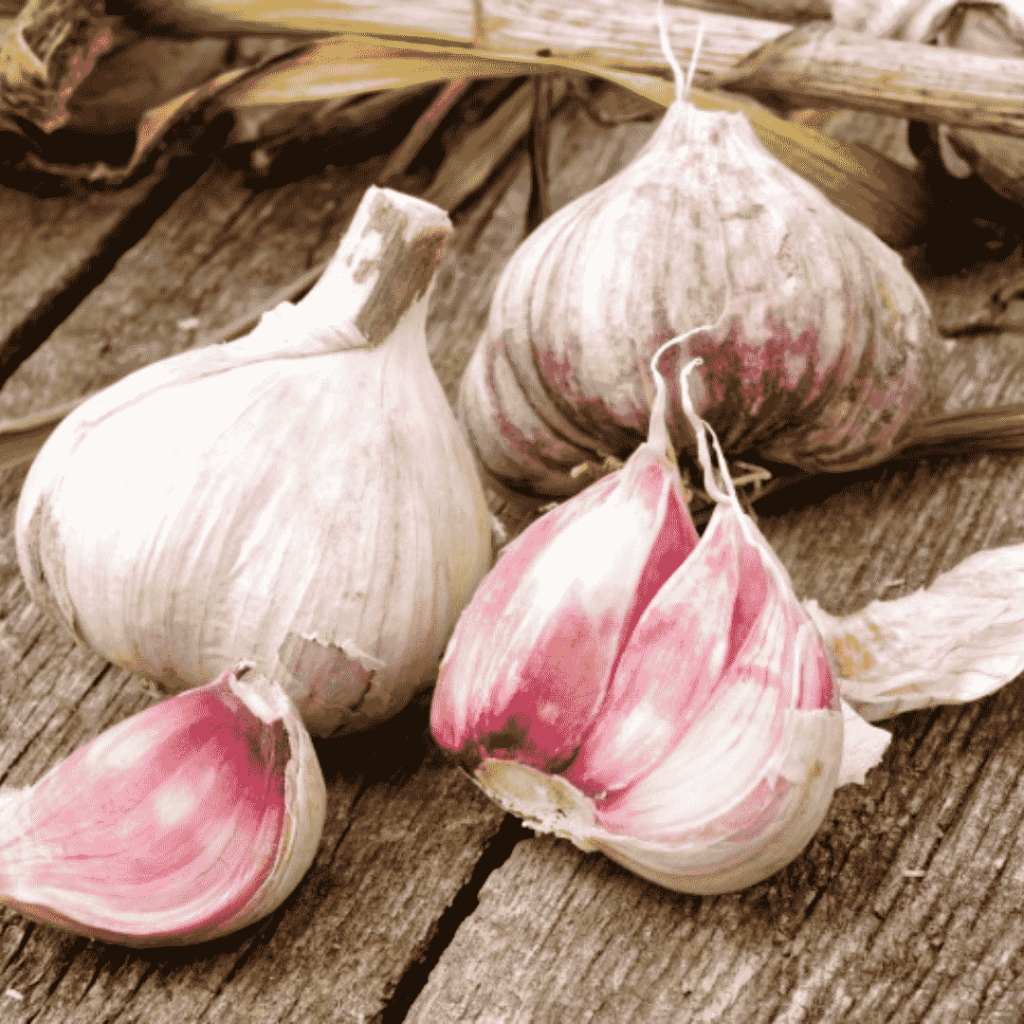
Find herein a typical recipe: “Spaghetti with red garlic, oil and chilli“.
Ingredients:
- 500 grams of spaghetti,
- 5 cloves of garlic,
- 2 red chillies,
- extra virgin olive oil,
- salt.
Preparation:
Boil water in a pot, in the meantime heat some oil in a pan with the chopped chilli pepper, add the clean and chopped garlic cloves and brown them, making sure they do not darken too much. Drain the pasta al dente, fry it in oil and serve it hot on the table.
Note well:
Garlic in cooking is a precious ingredient, but sometimes its use can cause unpleasant (and “odorous”) “side effects” on the hands. Cook it without touching the wedges with your hands, simply using a very handy garlic press.

